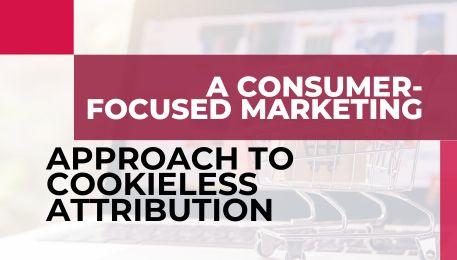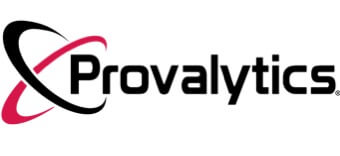A Consumer-Focused Marketing Approach to Cookieless Attribution
The move towards cookieless attribution marks a pivotal shift in the rapidly evolving digital marketing landscape. As the industry grapples with these imminent changes, it’s essential to view this transition as an opportunity for growth rather than a hurdle. By embracing a consumer-centric marketing approach, brands can adapt and thrive in the forthcoming post-cookie environment.
Placing the Consumer at the Forefront
Adapting to a cookieless world necessitates a renewed focus on the consumer. Marketers are tasked with shifting their reliance from third-party data for targeting and tracking towards fostering deeper connections with their audience. This involves building trust and transparency and safeguarding user privacy. By prioritizing consumer needs, companies can craft more impactful and personalized experiences that truly resonate with their audience.
🚀 Yes, I Want The 2024 Playbook!

Encouragingly, studies indicate a willingness among consumers to share personal data in exchange for tailored offerings. A survey found that 79% of consumers are open to providing brands with necessary information to enhance their shopping experience. This willingness opens the door for marketers to collect first-party data directly from their audience, enabling them to deliver targeted communications without depending solely on cookies.
Expanding Attribution Methods: Looking Beyond Cookies
To navigate the cookieless terrain successfully, marketers need to expand their attribution techniques. Beyond relying on cookies for tracking conversions and assessing campaign performance, alternatives like contextual targeting and probabilistic modeling should be considered. Contextual targeting allows for the display of ads based on the content of a webpage in real time, ensuring ads are relevant and aligned with user interests.
Moreover, probabilistic modeling employs statistical algorithms to analyze trends and behaviors, helping marketers infer the relationships between different user journey touchpoints. These approaches provide valuable insights into consumer behavior, uphold user privacy, and support personalized experiences.
Enhancing first-party data capabilities is also vital in a cookieless world. By fostering an environment where consumers willingly share information, brands can establish direct relationships with their audience, enabling precise targeting and customization. This requires implementing robust data collection strategies, such as surveys, preference centers, and loyalty programs, where consumers actively share their preferences and interests.
Additionally, collaboration and partnerships within the advertising ecosystem are crucial for addressing the challenges posed by the cookieless shift. Advertisers, publishers, and tech providers must work together to develop industry standards and solutions that balance user privacy with effective targeting and measurement.
The transition to cookieless attribution is an opportunity for marketers to refine their strategies and place consumer needs at the heart of their efforts. By adopting a consumer-centric approach, diversifying attribution methods, enhancing first-party data capabilities, and fostering industry collaboration, brands can navigate the digital marketing landscape effectively. This shift not only allows for the creation of more personalized, relevant, and meaningful consumer experiences but also reinforces user privacy and strengthens brand-consumer relationships.
How can brands adapt to a cookieless environment while still prioritizing the consumer?
Brands can adapt to a cookieless environment by focusing on building direct relationships with their consumers. This involves prioritizing trust, transparency, and privacy protection. By leveraging first-party data collected directly from consumers who are willing to share personal information, brands can continue to offer customized products and services. This approach not only respects consumer privacy but also allows for targeted and meaningful marketing efforts.
What are some alternatives to cookies for tracking conversions and analyzing campaign performance?
Alternatives to cookies include contextual targeting and probabilistic modeling. Contextual targeting involves displaying ads based on the real-time content of a webpage, ensuring relevance to the user’s interests. Probabilistic modeling uses statistical algorithms to analyze trends and behaviors, inferring relationships between different touchpoints in a user’s journey. These methods offer valuable insights while maintaining user privacy.
Why is first-party data important in the cookieless future?
First-party data is crucial in the cookieless future because it allows brands to maintain accuracy in targeting and personalization without relying on third-party cookies. By encouraging consumers to willingly share their information through surveys, preference centers, and loyalty programs, brands can develop direct relationships with their audience. This direct interaction enables more effective customization and targeting, enhancing the consumer experience.

